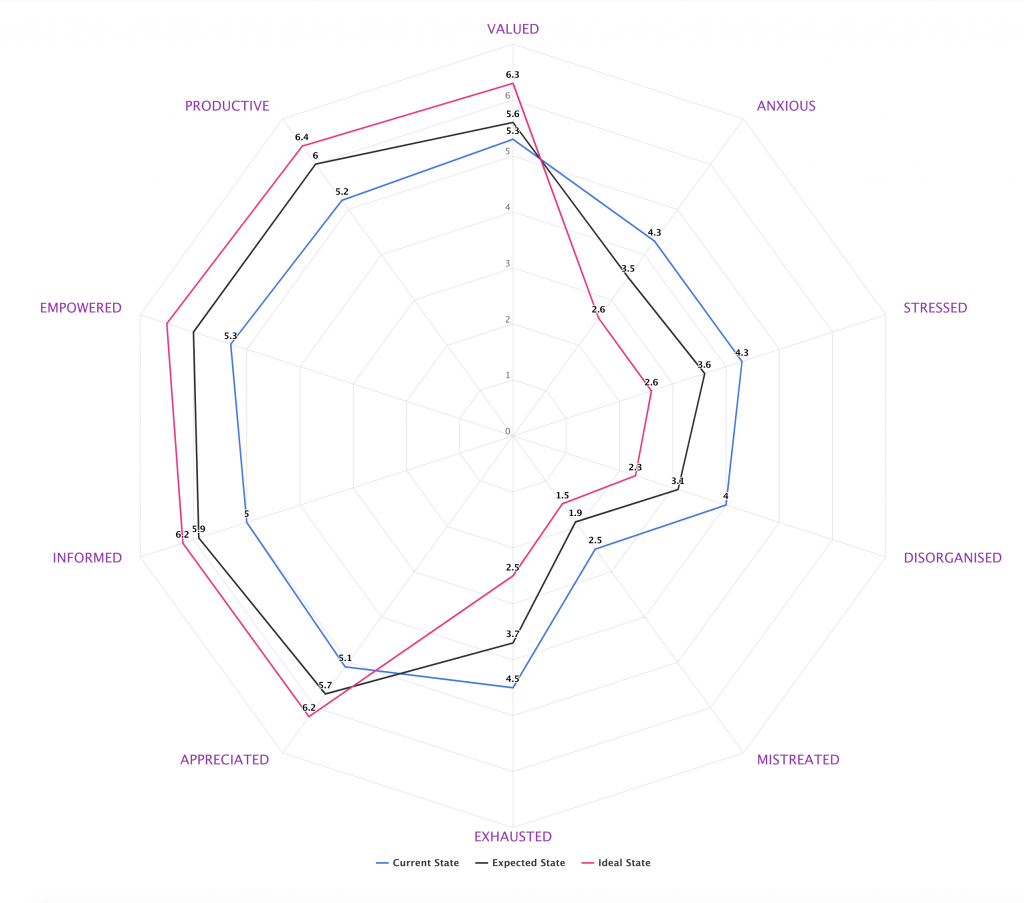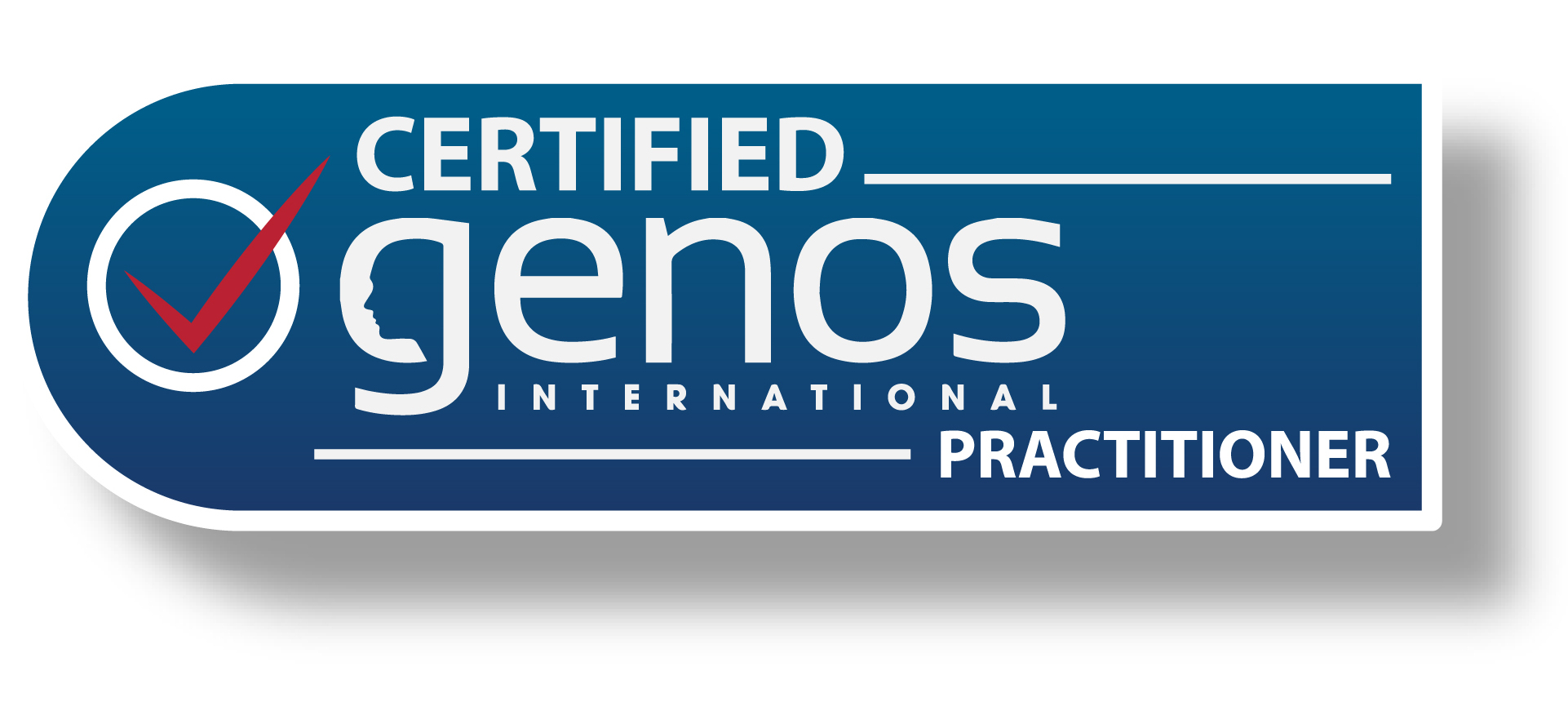
Emotional
Culture
Index
Feelings influence decisions, behaviors & performance
We all experience a wide range of positive and negative feelings at work as we interact with colleagues, employees, patients, customers, members, students, vendors, suppliers, and others. These feelings influence our decisions, behavior, and performance in interesting ways. Positive feelings have a ‘broaden and build’ effect causing us to think more broadly, engage more deeply and perform better. Negative emotions tend to have a ‘narrow and limiting’ effect, causing us to be more closed-minded, less engaging, and poorer at performing. At a collective level, these emotions impact the bottom line. In high-performing organizations, people experience more positive emotions and fewer negative emotions than those in low-performing organizations.

Current emotions
How often your people experience certain feelings at work

Fair and reasonable emotions
How often your people think it’s fair and reasonable to experience these feelings at work given the nature and context of your workplace

Ideal emotions
How often your people think they should ideally experience these feelings in your workplace in order to be effective
The visual index displays the levels of positive and negative emotions staff are experiencing

What are the stand-out features of the Emotional Culture Index?

Short Survey
The survey takes only 5 minutes to complete

Instant Results
Receive your own Results Dashboard & PowerPoint slides

Customizable
Demographic questions and emotions labels are editable
Here are some examples of how to use the Emotional Culture Index:
- As part of an ‘Introduction to Emotional Intelligence‘ session with stakeholders
- To measure the emotions of staff within an organization, especially before and after an emotional intelligence development program
You've got questions? We've got the answers!

